SRI LANKA HOLIDAYS: A NARRATION ON
http://www.antiqbook.com/boox/blacks/56142.shtml
With the exception of Egypt & Babylon, there is no country perhaps whose lost history has been more dramatically restored than that of
Then, in 1826, a book (3) was found by an Englishman capable of appreciating it: & it transpired that
Since that revelation, the works of contemporary Chinese pilgrims have corroborated the story. The spade of the excavator has uncovered monuments whose splendour we could hardly have believed from mere manuscript records. But here was an ocular demonstration, when the forest was pushed back from sites which it had overwhelmed. And now the Archeologists have brought to bear that critical analysis which is separating the truth from a mass of incoherence & exaggeration.
It is a wonderful feat, & one of which we British may be proud-the more so because we are often accused of destroying what is indigenous & traditional in the East by our cold materialism. Here at last, we have restored to the Orient that which even tradition had lost: for upon the proud civilization of
Flourishing populations had dwindled to nothing. The great lakes of unique irrigation system had spilled their water over the land, turning it into a malarious swamp. And gradually, as the centuries gathered & grew, Ancient Ceylon, with all its glories, faded from the memory of man.
To-day the waters have returned again to the lakes. The canals flow as of old, & in a century the population has been quadrupled. Ancient capitals, locked in the relentless grip of forest roots, have been released, & sleep now in placid dignity upon open lawns. The bears have been driven from the monasteries. Elephants no longer stand on the tops of pagodas (4) that once rivaled
“Into this Universe, & Why not knowing
Nor Whence, like Water willy-nilly flowing:
And out of it, as Wind along the Waste,
I know not Whither, willy-nilly blowing
(1) Taprobane was derived from the Sanskrit Tamraparni (Pali Tambapanni) since the latter forms occur both in the ancient Sri Lankan Buddhist chronicles (Mahavamsa and Dipavamsa) and in the Rock Edicts of Ashoka with apparent reference to the island of Sri Lanka.
(2) Robert Knox’s narrative is restricted to the
http://www.panix.com/~kendra/tea/knox.html
(3) The Mahawamsa is one of the most remarkable histories in existence, unrivalled-with perhaps the sole exception of the Shu King records of the Chinese emperors. But then again, while Mahawamsa is a continuous narration of unbroken civilization & history of 2550 years, Shu King is simply a collection of historical memoirs over a time span of 1700 years, but on no connected method, & with frequent & great gaps between them.
(4) The religious edifices named pagodas by Major C. M. Enriquez, in the year 1812 are called stupas or dagobas. The most adored stupa of
(5) During the period of King Parakramabahu the great









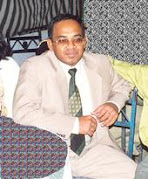













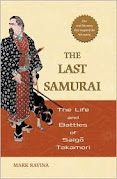


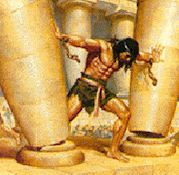







































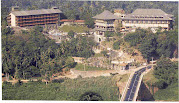








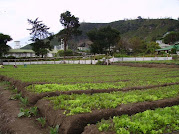














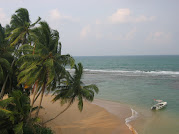












0 Comments:
Post a Comment